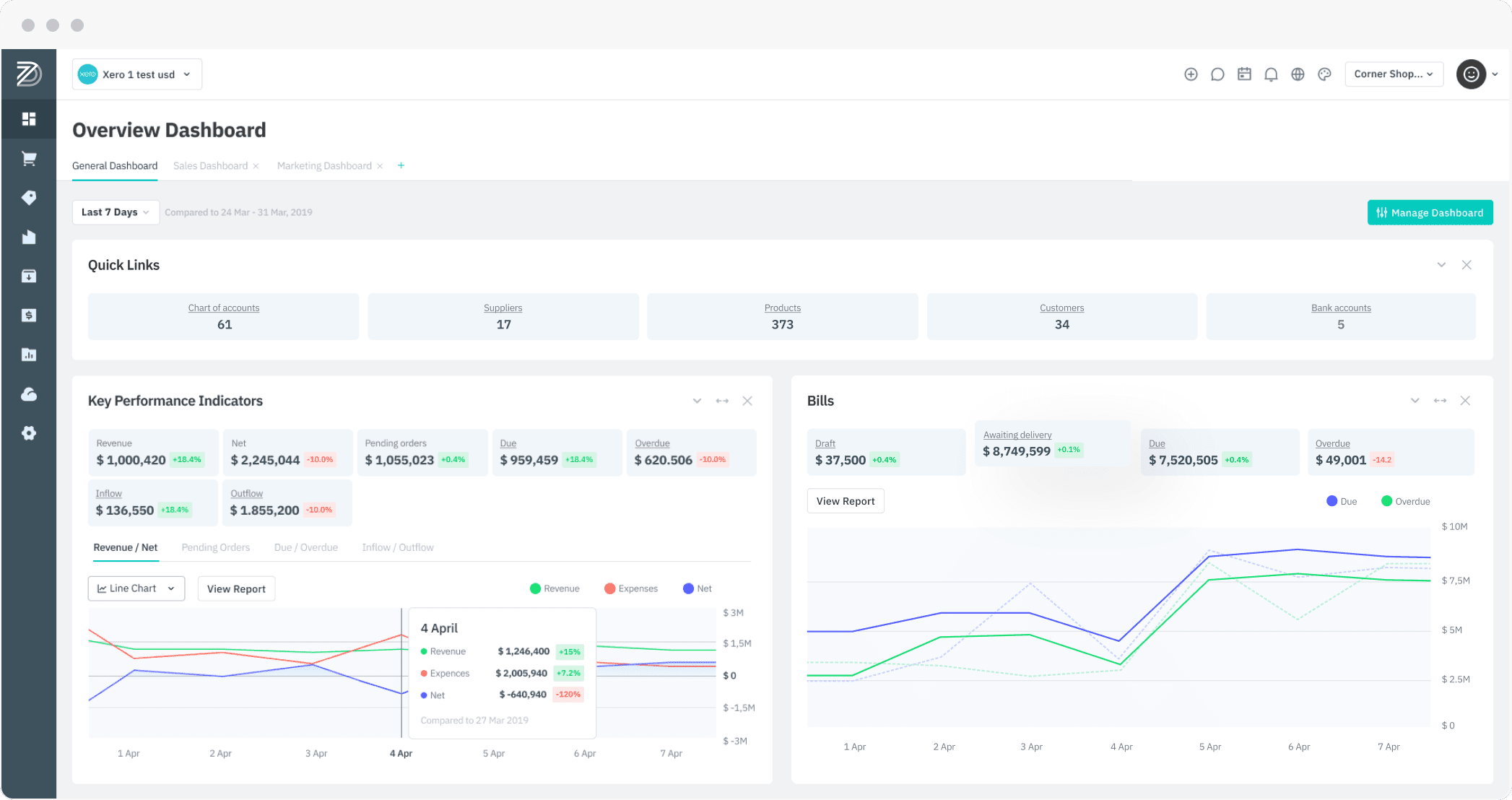Many people get confused between cycle time and lead time because the concepts are closely intertwined. As both concepts relate to production, they are often used interchangeably.
This article will clear up any confusion once and for all! You will learn the exact meaning of these terms, how to compute them and the core differences between cycle time and lead time.
What is cycle time?
Cycle time refers to the time taken to complete one task from start to finish. In other words, it reflects the time spent on producing an item up to the point it is ready for shipment.
Cycle time also includes the time when production was paused – the waiting period between active production work. Cycle time is a critical KPI that is used to make purchase decisions and in budgeting. It also plays a crucial role in calculating overall manufacturing equipment effectiveness.
How to calculate cycle time?
For calculating the cycle time, you need to divide the total hours spent on producing the goods by the total units produced.
Let us understand how to calculate cycle time using an example.
Imagine that you are in the business of manufacturing smartphones. In 100 hours, you end up manufacturing 50 smartphones.
Cycle Time = Total Hours Spent / Total Units Produced
Cycle Time = 100 / 50
Cycle Time = 2 Hours
Therefore, it takes 2 hours for you to manufacture a smartphone.
What is lead time?
Lead time is the time measured right from the moment of receiving an order from the client to the point of getting it delivered.
So lead time includes the cycle time, the time it takes for the production to initiate, and the time it takes to ship the product. If lead time is greater than the cycle time, it implies that you end up having overproduced inventory.
How to calculate lead time?
To calculate lead time, subtract the time at which the order was delivered from the time when the order was placed.
Using the same smartphone manufacturing scenario, let us understand the lead time calculation.
You received an order at 8 AM, and it took 10 minutes to process the order and initiate the production. We calculated cycle time as 2 hours, implying that it takes 2 hours to produce a smartphone. So from 8:10 AM to 10:10 AM, the production finished, and it took 50 minutes to deliver the order. Thus the customer received the smartphone at 11 AM.
Lead Time = Order Delivered Time – Order Receival Time
Lead Time = 11 AM – 8 AM
Lead Time = 3 Hours
Therefore, it takes 3 hours for you to deliver the order after receiving it.
The difference between lead time and cycle time?
To put an end to any confusion between lead time and cycle time, here is a comprehensive comparison:
| CYCLE TIME | LEAD TIME |
| The time taken to complete the production process | The time taken from receiving the order to delivery |
| Cycle time is from the perspective of the manufacturer | Lead time is from the perspective of the customer |
| Represents time to order completion | Represents time to order arrival |
| Cycle time does not include lead time | Lead time includes cycle time |
| Cycle Time = Total Hours Spent / Total Units Produced | Lead Time = Order Delivered Time – Order Receival Time |
| Example – Cycle time shows how much time it takes for you to make a sandwich | Example – Lead time shows how much time it takes for the customer to receive the sandwich on their table after placing the order |
Importance of cycle time and lead time
Analyzing the cycle time can help you determine the overall efficiency of your production unit. With this information, you can spot the inefficiencies and bottlenecks that may be slowing things down.
Analyzing the lead time can help you understand the overall time it takes for your customers to receive their orders. If the lead time is high, it can negatively affect customer satisfaction and the overall user experience.
Hence, understanding the cycle time and lead time can help your organization increase overall efficiency and deliver a superior customer experience.
Optimize your manufacturing process with DEAR Systems
With DEAR Systems, you can get a birds-eye view of your production process – from production cost to inventory status. You can utilize these insights to strategically optimize your manufacturing process to minimize losses and maximize profits.
Some other features of DEAR Systems:
- Create an advanced bill of materials
- Deduct write-offs due to production issues
- Break down orders purchased in bulk into individual units utilizing “disassembly”
DEAR systems is the perfect solution to streamline your production process and reduce your overall lead time. Book a call with us to learn how we can help your business.






